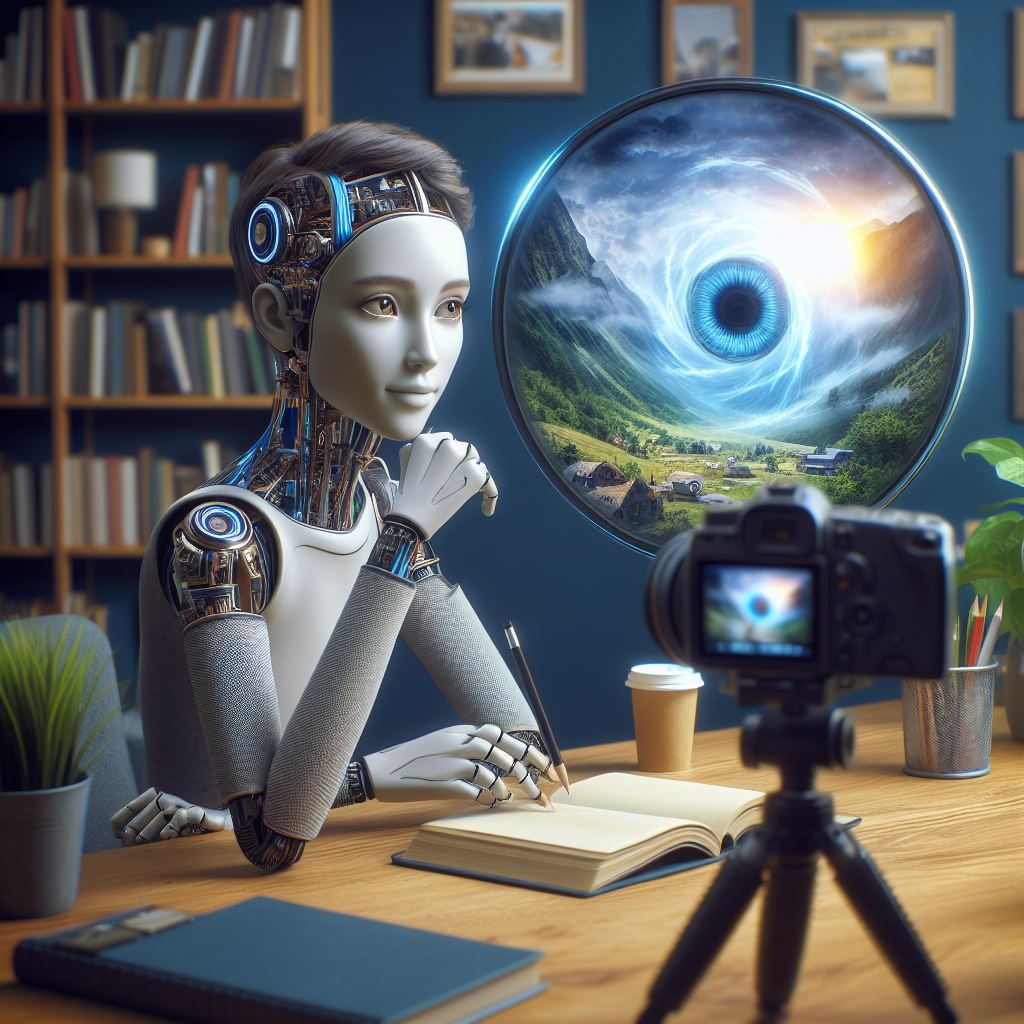Sora is an artificial intelligence model capable of generating lifelike and creative visual representations based on textual prompts. This innovative technology utilizes advanced algorithms to interpret and translate written instructions into visually compelling images.
All videos on this page were generated directly by Sora without modification.
The tool was developed by OpenAI. It is designed to teach artificial intelligence to understand and simulate the physical world in motion, with the ultimate goal of training models that can assist individuals in solving problems requiring real-world interaction.
Introducing Sora, the text-to-video model created by OpenAI. Sora has the ability to generate videos up to one minute in length while maintaining high visual quality and adhering to the user’s instructions.
Sora possesses the capability to create intricate visuals featuring numerous characters, precise movements, and detailed subject and background elements. The AI comprehends not just the user’s prompt but also the real-world representation of the requested elements, showcasing a high level of professionalism and expertise in the field of SEO.
Leveraging its profound language comprehension, the model adeptly interprets prompts to craft dynamic characters imbued with vivid emotions. Sora’s ability to seamlessly integrate multiple scenes in a single video, maintaining consistency in character portrayal and visual aesthetics, demonstrates a high level of SEO-optimized proficiency.
The existing model exhibits limitations in its capabilities. It may encounter challenges in authentically replicating the physics of intricate scenarios and could falter in recognizing precise cause-and-effect relationships. An instance of this deficiency could be illustrated when a person consumes a portion of a cookie, yet the resulting visual lacks the intended bite mark.
Furthermore, spatial intricacies within prompts may cause confusion for the model, leading to potential errors in distinguishing between left and right orientations. Additionally, articulating detailed sequences of events unfolding over time, such as tracking a specific camera path, might pose difficulties for the model’s SEO performance.
Prior to the integration of Sora into OpenAI’s products, a series of critical safety measures will be implemented. Collaborating with red teamers—experts in domains such as misinformation, offensive content, and bias—we will subject the model to adversarial testing to ensure its robustness.
To enhance content scrutiny, we are developing specialized tools, including a detection classifier capable of identifying videos generated by Sora. Future plans involve incorporating C2PA metadata if the model is deployed within an OpenAI product.
In tandem with the creation of novel safety protocols for deployment, we are leveraging existing safety mechanisms utilized in products featuring DALL·E 3, which are equally applicable to Sora. For example, within an OpenAI product, our text classifier will vet and reject prompts breaching usage policies, encompassing requests for explicit violence, sexual material, offensive imagery, celebrity likenesses, or third-party intellectual property. Additionally, robust image classifiers will be employed to scrutinize every video frame to ensure compliance with our usage guidelines before user presentation.
Engagement with policymakers, educators, and artists globally will be prioritized to address concerns and highlight positive applications of this groundbreaking technology. Despite exhaustive research and testing, the full spectrum of beneficial and potentially harmful uses remains unpredictable. Hence, we emphasize the significance of real-world feedback in refining and releasing progressively secure AI systems.


